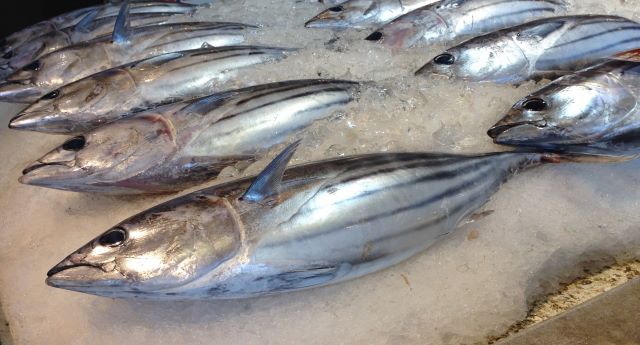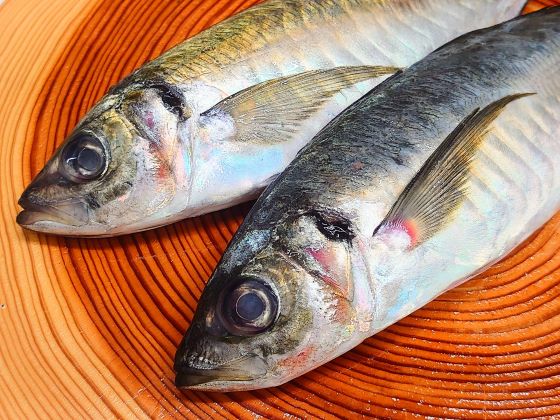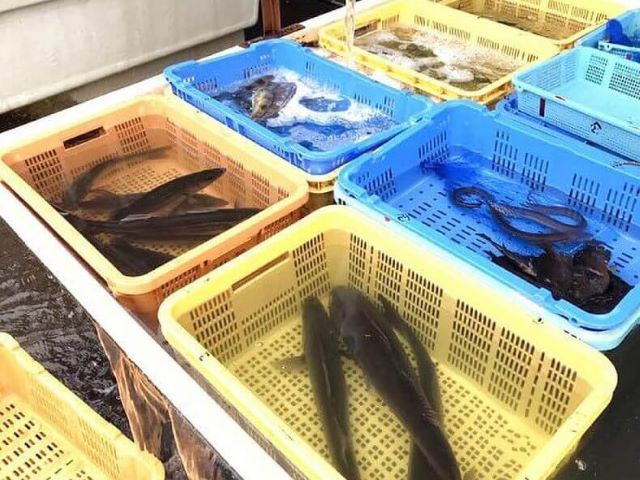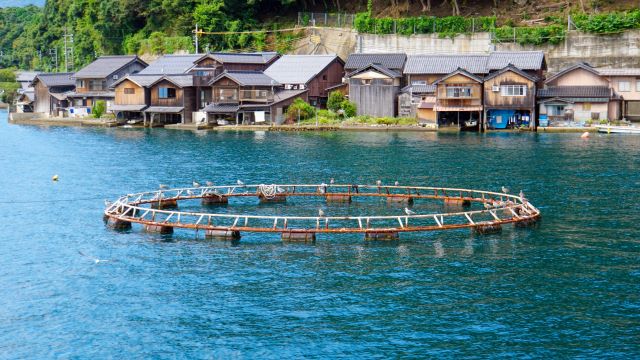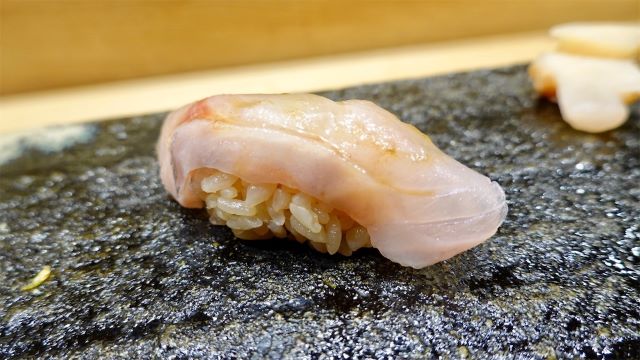
We recently read a sushi article in one of the Food media and were amazed that there are still media outlets out there that are so misinformed. If taken dispassionately, it may be a reprinted article or an article created by a generated AI. Also, food writers who use arguments like “I live in Japan” or “I know sushi well because I have been to over 500 sushi restaurants” are not to be trusted in their articles.
Nigiri sushi originated about 200 years ago, but in fact, it can be said that no book comprehensively describes it. The only information available is the diaries of the samurai and aristocrats of the time, which are only a few lines of text. As proof of this, it is not even certain who started making nigiri sushi, and there are many theories. In other words, there is a possibility that it has been rewritten to suit their convenience.
Depending on whether sushi is classified in terms of its history or terms of its production method, the types of sushi will naturally differ. If we discuss in a confused state, we will not reach a single conclusion. Vinegar was produced by the natural fermentation of fish and grains for preservation purposes. This is the form of sushi when it originated. It must have originated in China, Southeast Asia, or somewhere in between. In Nigiri sushi, however, vinegar made from sake lees or other ingredients is added to cooked rice. Even if we focus the argument only on vinegar, there is no way to say that they are both the same food.
This article was rudimentary in that there are several types of sushi, including Nigiri sushi, Maki, Roll sushi, Inari sushi, Chirashi sushi, and Sashimi. As you already know, Sashimi is not a type of sushi. It is a typical Japanese dish. And this misunderstanding of Sashimi leads to a wrong understanding of Nigiri sushi. No one does not know what Nigiri sushi is. However, many people think that Nigiri sushi is Sashimi on top of vinegared rice (sushi rice). This is also a big mistake. Sushi topping can be made of vegetables or seafood, but without vinegared rice, it is not Nigiri sushi. We would like to remind you of this.
Moving on to our main topic, you may not have heard of Edomae sushi. It refers to Nigiri sushi, which originated in the Edo period (1603-1867), and although there have been some changes in the sushi ingredients, everything else has remained the same as when it originated. Together with maki sushi, which originated about 50 years later, it is now called Edomae sushi. The reason for the name “Edomae” is explained below.
So, except for the maki sushi story, Edomae sushi means Nigiri sushi. At the time when Edomae sushi originated, there was no such thing as a refrigerator, so it was not possible to refrigerate sushi toppings. It was natural to treat seafood for preservation. For example, we boiled Kuruma prawn (Kuruma ebi) and simmered Japanese conger (Anago).
Sashimi is a small piece of seafood, raw, with only the skin and bones removed. On the other hand, in Edomae sushi, the Sushi ingredients are treated in some way. We think the simplest treatment is to sprinkle salt on the seafood. This is one of the basic cooking methods practiced around the world. However, when making Sashimi, basic salt is not used. For more information on other processing methods, please check below.
Horse mackerel (Aji) and Mackerel (Saba), which lose their freshness rapidly, were preserved by soaking in vinegar until 50 years ago. Recently, however, they are served as close to fresh as possible. Even today, some Aji and Saba are still vinegared, but they are rare.
After the Great Kanto Earthquake, the Edomae sushi chefs lost their workplaces and went to the countryside to look for work. However, the local people did not understand the need to go to the trouble of preparing fresh seafood, and they gradually began to use raw sushi topping. Nowadays, the use of raw sushi topping is the norm in rural areas of Japan. Even the concept of “Edomae sushi” does not exist in the regions.
Conveyor-belt sushi, now a mainstream segment of the sushi industry, uses raw sushi toppings to save time and effort in preparing them, in other words, to cut costs. Or perhaps it is because farmed fish is not suitable for aging. It may be because Japan has a culture that values freshness, and fish is unusually valued for its freshness compared to meat and vegetables. Salmon, the standard sushi topping in other countries, is also used raw. It is not sprinkled with salt to reduce excess water and odor components.
Strictly speaking, these are not Edomae sushi (Nigiri sushi). They are called Sashimi vinegared rice. If we may add one more thing, there has been a shift from processing for preservation to processing to bring out the umami.
For your information.
